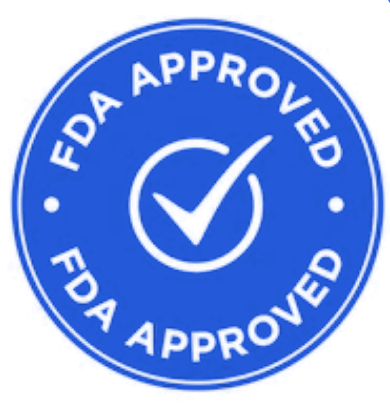
All the products shown on Joyetech global official website are not allowed to promote or sell in the U.S. Market.


What is PMTA?
premarket tobacco application (PMTA) is an application that must be reviewed and approved by the Food and Drug Administration before a new tobacco productcan be legally marketed in the United States. Under section 910 of the FD&C Act, persons wanting to market a new tobacco product (one that was not commercially marketed in the United States as of (i.e., on) February 15, 2007, or any modified tobacco product that was commercially marketed after February 15, 2007) must first obtain an order to do so (referred to in this guidance as a marketing order) under section 910(c)(1)(A)(i) unless a report pursuant to section 905(j) of the FD&C Act has been submitted for the new tobacco product and FDA has issued an order under section 910(a)(2) that the new tobacco product is substantially equivalent to a tobacco product commercially marketed in the United States as of (i.e., on) February 15, 2007 (the 905(j) pathway), or the new tobacco product is exempt from the substantial equivalence requirements.When a new product is not found to be substantially equivalent to an appropriate predicate product or exempt from the substantial equivalence requirements, you must submit a PMTA under section 910(b) and receive a marketing order under section 910(c)(1)(A)(i) prior to marketing the product.
All deemed products that meet the definition of a “new tobacco product,” including ENDS, are subject to the requirements of premarket review in sections 910(a)(2) of the FD&C Act. Given the expected difficulty in identifying valid ENDS predicate products (products commercially marketed on February 15, 2007, or previously determined to be substantially equivalent to an appropriate predicate product) for use in the substantial equivalence pathway, FDA expects to receive PMTA submissions from manufacturers of deemed ENDS products. Section 910(b)(1) of the FD&C Act contains the requirements for a PMTA submission.



